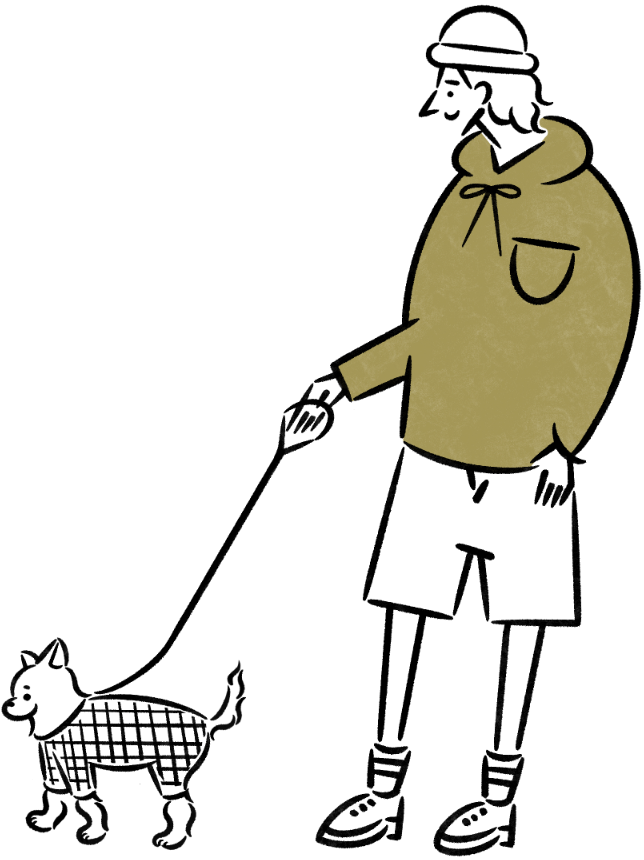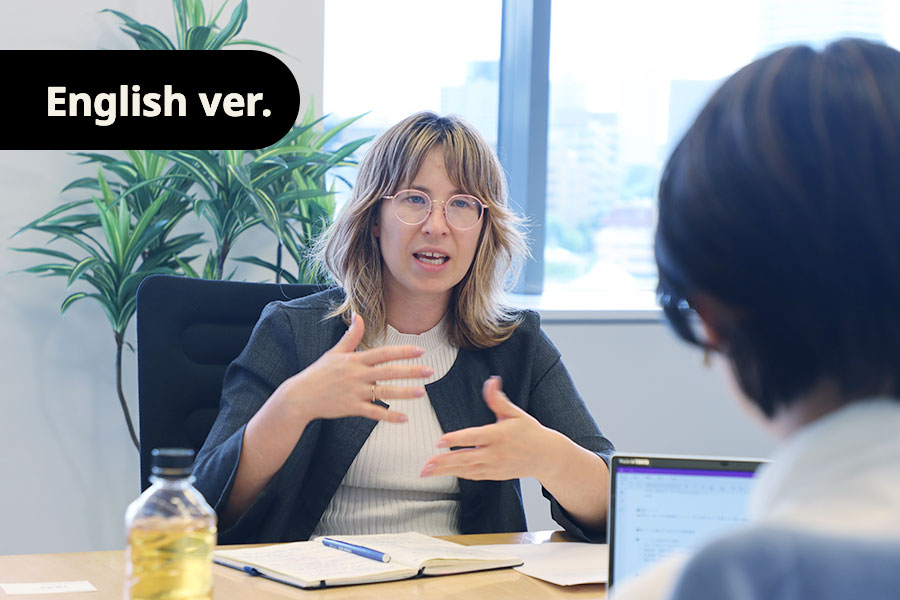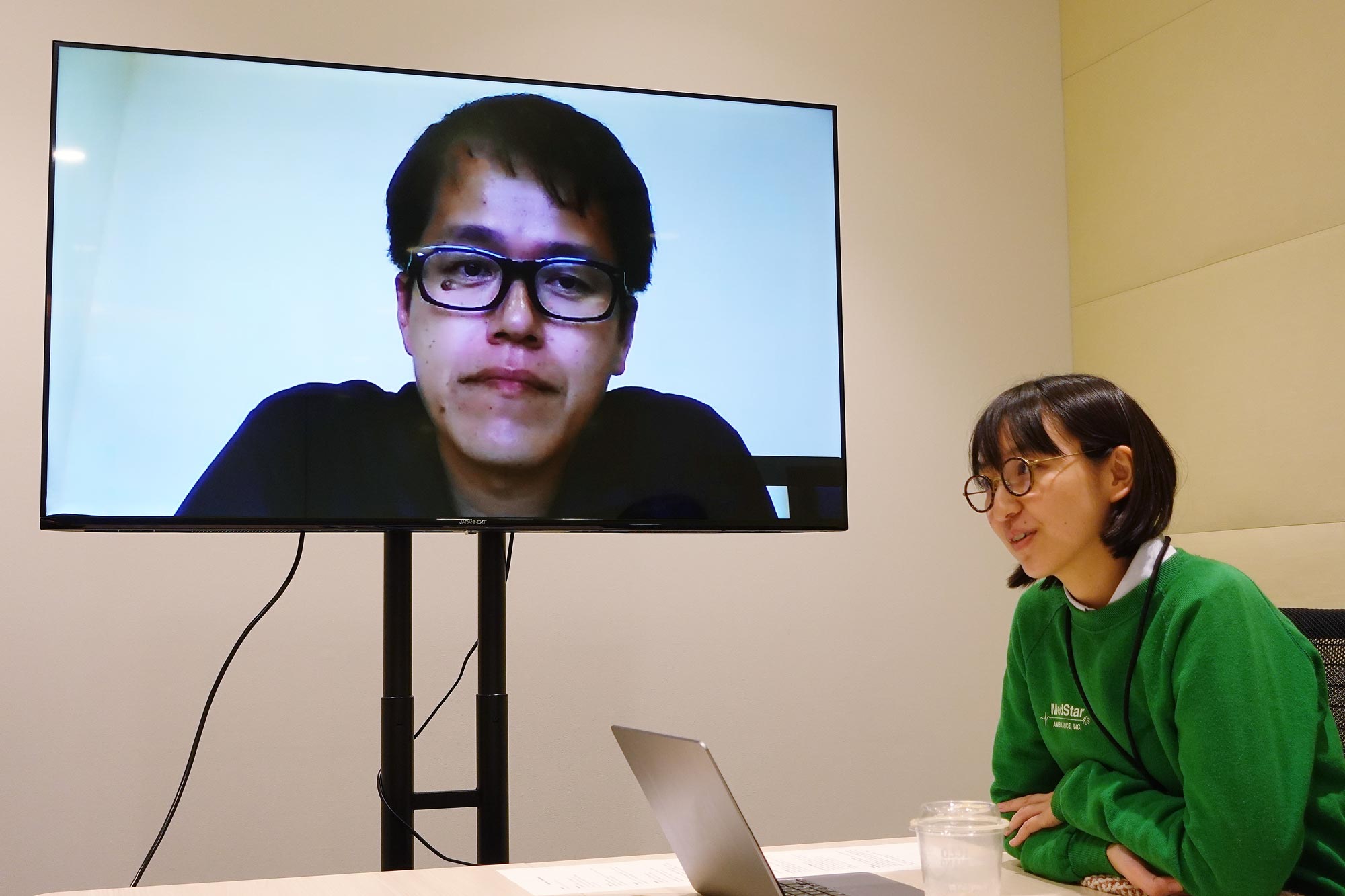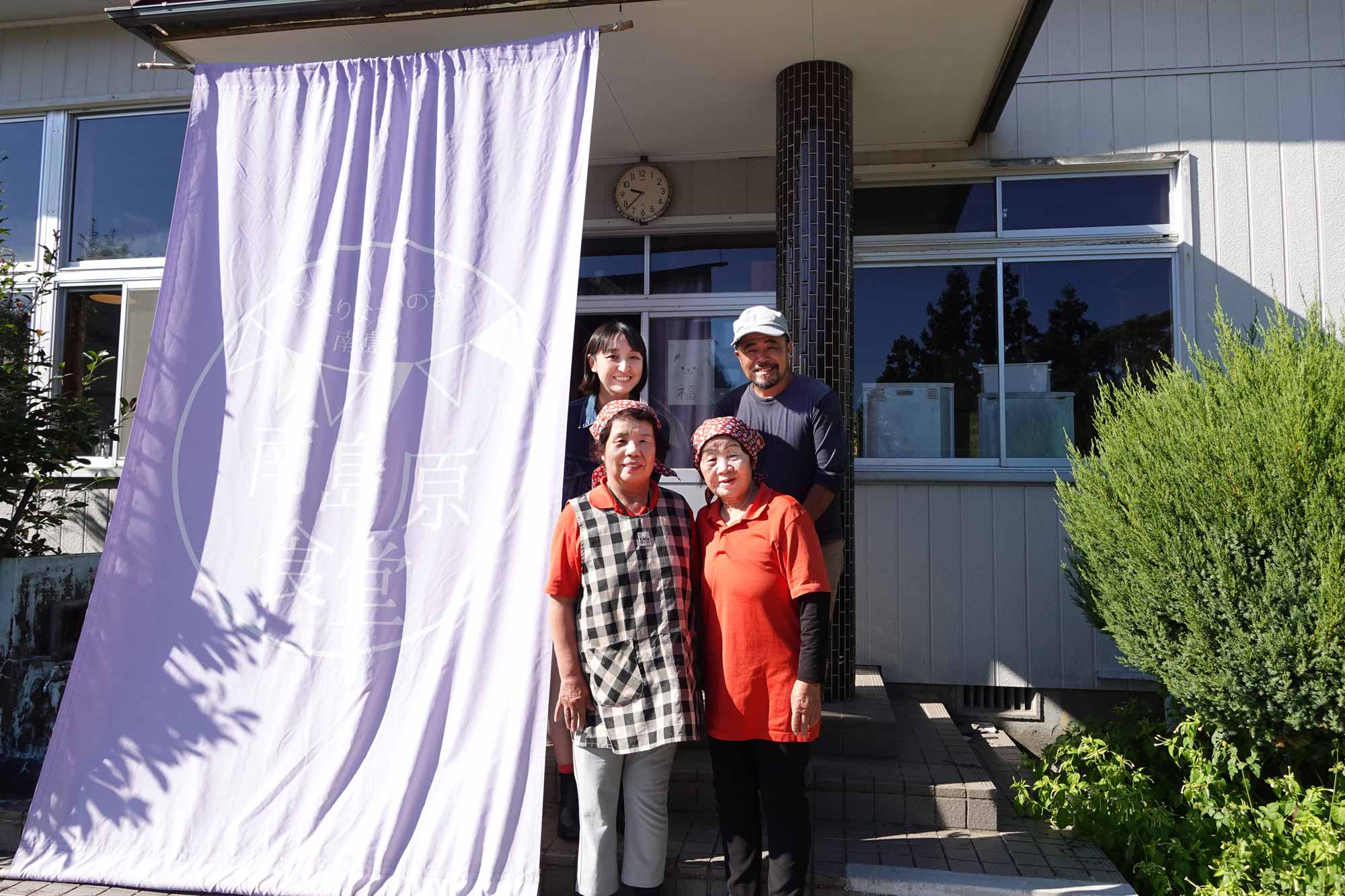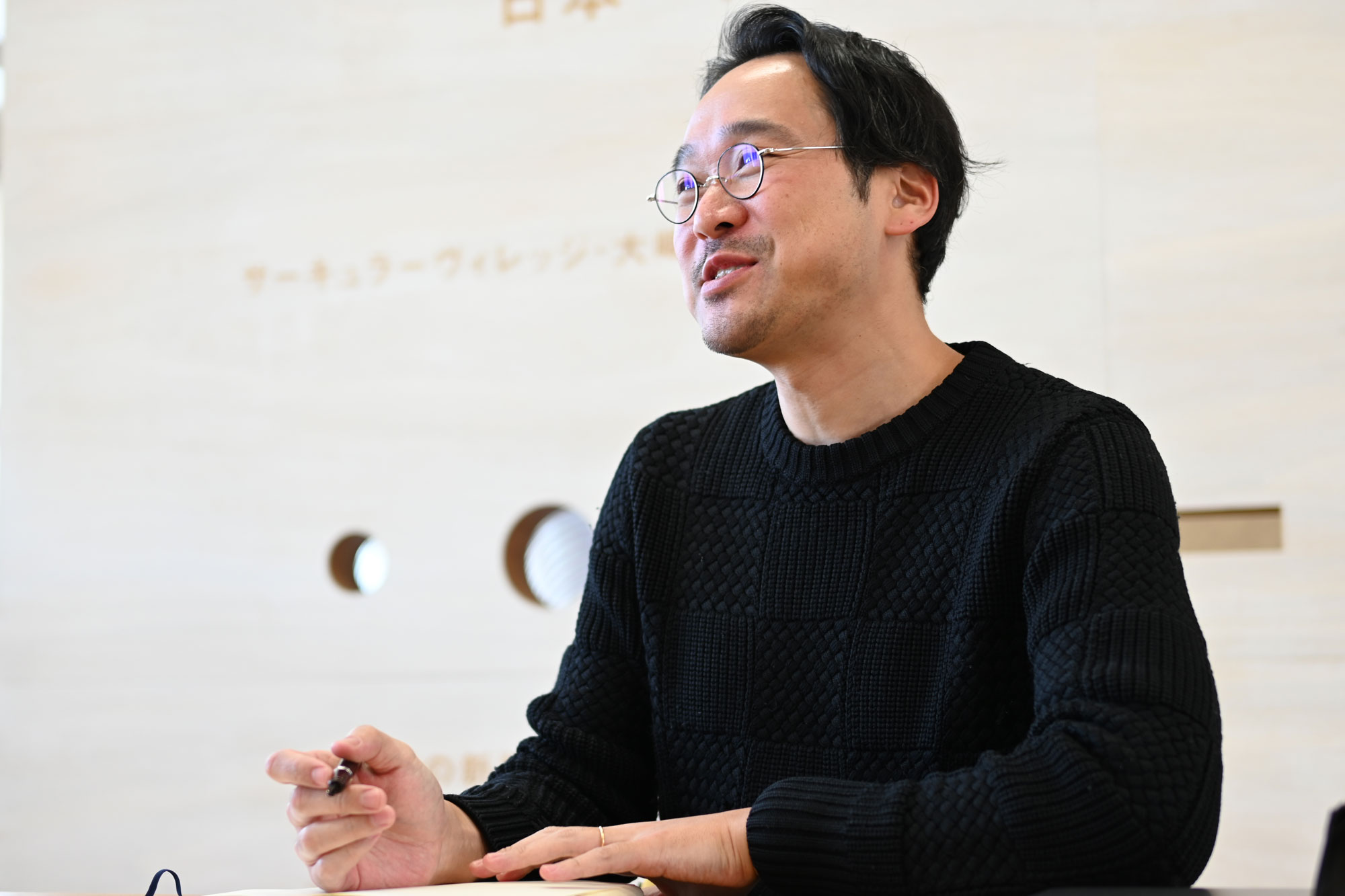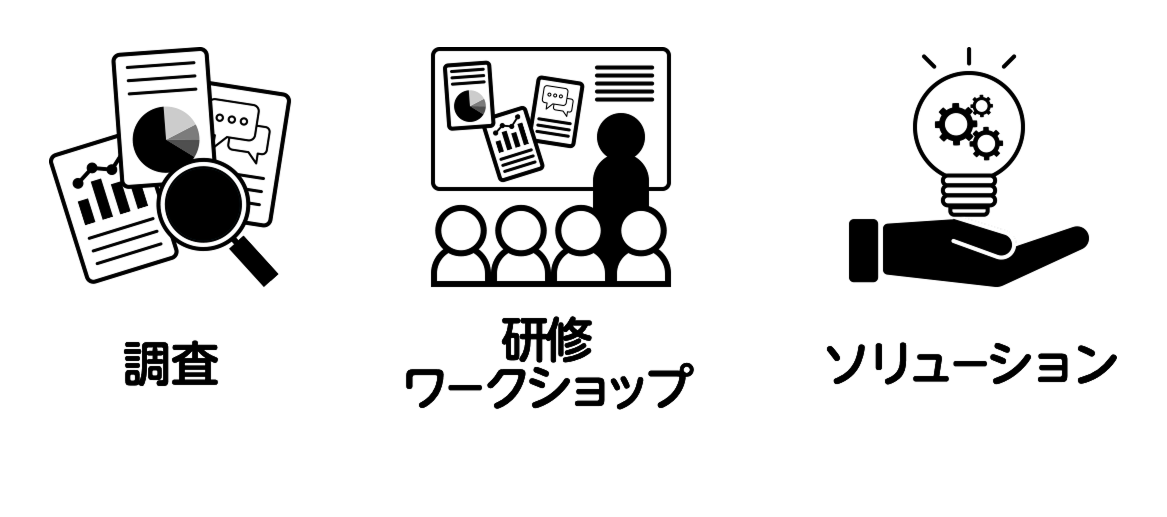Everyone in the urban planning industry knows the urban development showcase of the New York Times Square, where its transformation into all pedestrian zone brought in the bustling of people, fewer traffic accidents, less environmental burden as well as positive economic impacts.
The mastermind behind this project is Gehl Architects (“Gehl”), a global urban design and research consultancy, headquartered in Copenhagen and known as the world’s leading company in urban development, public space design, and public life research.Gehl is a group company with Hakuhodo DY Holdings’ strategic operating unit “kyu collective”, which the editors belong to, and which maintains this portal site. Gehl’s philosophy is to develop a human-scale and people-centered cities.
Since Yomiko defines civic pride as the motivation of the civic, who voluntarily energize places and the region, I very much sympathize with the Gehl philosophy, and was thrilled to have an interview with Sophia Schuff, a Gehl Portfolio director, on her visit to Japan.
I would like to share my richly thought-provoking interview in two parts with those who share the following questions: What are the so-called soft assets that will make the hardware, i.e., buildings or parks, more valuable in urban planning? What exactly are those soft assets? How can we create them?
-
-
 Sophia SchuffPortfolio director at GehlSophia leads in Gehl’s philanthropy serving portfolio in Public Sector and Philanthropy team, based on the vision “making cities for people and planet,” so that regions and communities will transform themselves into healthier ones.
Sophia SchuffPortfolio director at GehlSophia leads in Gehl’s philanthropy serving portfolio in Public Sector and Philanthropy team, based on the vision “making cities for people and planet,” so that regions and communities will transform themselves into healthier ones.
Tapping into her qualification as an anthropologist and insight into human experiences, she promotes the urban transformation process to have sustainable social and health impacts.
-
Building a city not only for people, but also for everything around people.
“I flew in at Tokyo at 6 am. Too early to check in!” Sophia Schuff appeared with a warm smile on her face despite her demanding schedule. Her smile infused a friendly atmosphere to the meeting room. The interview started off with an opening question to the point. I wanted to have her feedback on our definition of civic pride at the very beginning.

Sophia: We have a similar definition of civic pride. However, we consider civic as inclusive of everything within the community. Not only the people living there, but the people running business there and the hardware, such as facilities. Originally, Gehl had the philosophy that the focus on people is of utmost importance in designing the city and the public space.
However, it came to realize that not only humans, but their surroundings are critical to develop a more sustainable city, and has thus changed its vision into making cities for people and planet. That is why we conduct research on how people move about in their surroundings and what their feelings are. We investigate not only humans but also the entire relationship between humans and their surroundings and compile them into data sets.
ーGehl, conducting projects globally, investigates how humans and their surroundings interact in different counties where the culture, the history and the environment vary. For example, people must have different perceptions in Japan from Copenhagen. How do they find out the difference?
Sophia: We use the term sensory scale, and it is different from country to country for sure. For example, in Japan we bow to each other at the first meeting, but no handshakes. Not to mention hugs or kisses. That embodies the scale of social distance in Japan, and the behavior is influenced by the Japanese culture and history. Such scales exist in each and every country and region, and therefore we do not go to a country with a preset hypothesis or view. For example, we do not carry with us a hypothesis, such as “What is our perception of a good social distance?” We enter the society of the host country without prejudice and bias to observe the movement of people. Through so-called anthropologist’s glasses, we observe the relationship between human and the environment.

Sophia: Then we obtain the social scale unique to the country or region. We conduct research in such a way as to derive a process to match designs to the society of the country or the region. For instance, Abu Dhabi, the capital of the United Arab Emirates, has a totally different scale than what we are used to. The streets are so wide with few sidewalks as most people drive, and houses are segregated with high walls and gates. People care most about privacy, and they need to be within a community. We must be aware that the sensory scale is so different from Denmark.
There is no universal, one-fits-all design.
Surely, it is an important point to note that a different sensory scale exists for a different country or a region to create cozy cities and spaces. Then, if, for example, a wide variety of people with different sensory scales live together in the same region, what shall we do? In other words, what if a resident with a Japanese scale and another with an Abu Dhabi scale live side by side?
Sophia: We often come upon such an issue. What matters in such a case is try not to create a place to satisfy all. Because creating such a place is not possible. There is no one-fits-all design. I would rather intend to create a space where different cultures coexist, crisscross, and overlap somewhere. Copenhagen has a unique public policy: co-create Copenhagen.
We often see barriers created by the administration, right? You have to go through lots of procedures and obtain permission to do just anything. In Copenhagen, if someone wants to do art painting or hold an event, we have a policy to keep the application process as simple as possible to support the activities. Then different communities can embody their culture and their feelings without being left behind.

Sophia: By giving communities some degree of discretion rather than being standardized by the administration, we can create a space where different cultures exist side by side, and at the same time they also connect with each other and overlap. The administration benefits from such support by way of increased trust from the residents. With greater trust, residents become more engaged in activities to better their own cities. Such is the virtuous cycle.
With Eye Level, capture the city and the moments with sensory data.
Trust lubricates the virtuous cycle in engaging citizens and the local government. It further accelerates the voluntary involvement of citizens to better their own cities. This is exactly what nurtures the civic pride. My next question was, then, how Gehl monitors such individually different sensory scales? Can senses be measured by ordinary questionnaires? Her answer was that they use smartphone apps for the measurement.
Sophia: We ask people to walk around the city with the app and take pictures of the city at the eye level. We also ask them to note their emotions at the time, such as being cozy. Otherwise, we may ask “What is your feeling?” to collect data on sensory scale in the town.


We ask different groups to collect such data. We ask, for example, the LGBTQ, the handicapped, refugees. We collect data on their feelings towards each part of the town by each group to compare differences and overlaps. That way, we can understand their feelings. Here people have a common feeling like this, or there they are different. That is the first thing we want to get at. Then it will carve out that there is no single place that fits all. In my country, if we try to make a good place for all, it may rather create a good place for the Caucasians.
ーIt is true that, in general, any activity that intends to create a good thing for all fails. But if we create separate spaces for individual groups, will that edge a sharp division against each other?
Sophia: Sure, we are often misunderstood like that! So, we make sure that groups will connect with one another to deter isolation. When we worked on a project in San Francisco to make a safe living space for the homeless community, we deliberately designed to connect the homeless community with others. It was criticized at the beginning, but in the end we could come up with a design to satisfy both communities, and also set up a safe haven for homeless people. Such loosely connected design will not isolate people but make them realize their own difference from others and accept that they are happy in their place, but others are also happy in the other place. We can germinate a real diversity in such a way.
We have thus presented the first part of our interview with Sophia from Gehl. The second part will discuss the other important keyword representing Gehl: activity. The interview is packed with many revelations which can be applied to urban development in Japan.

